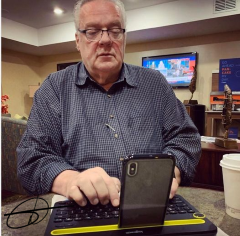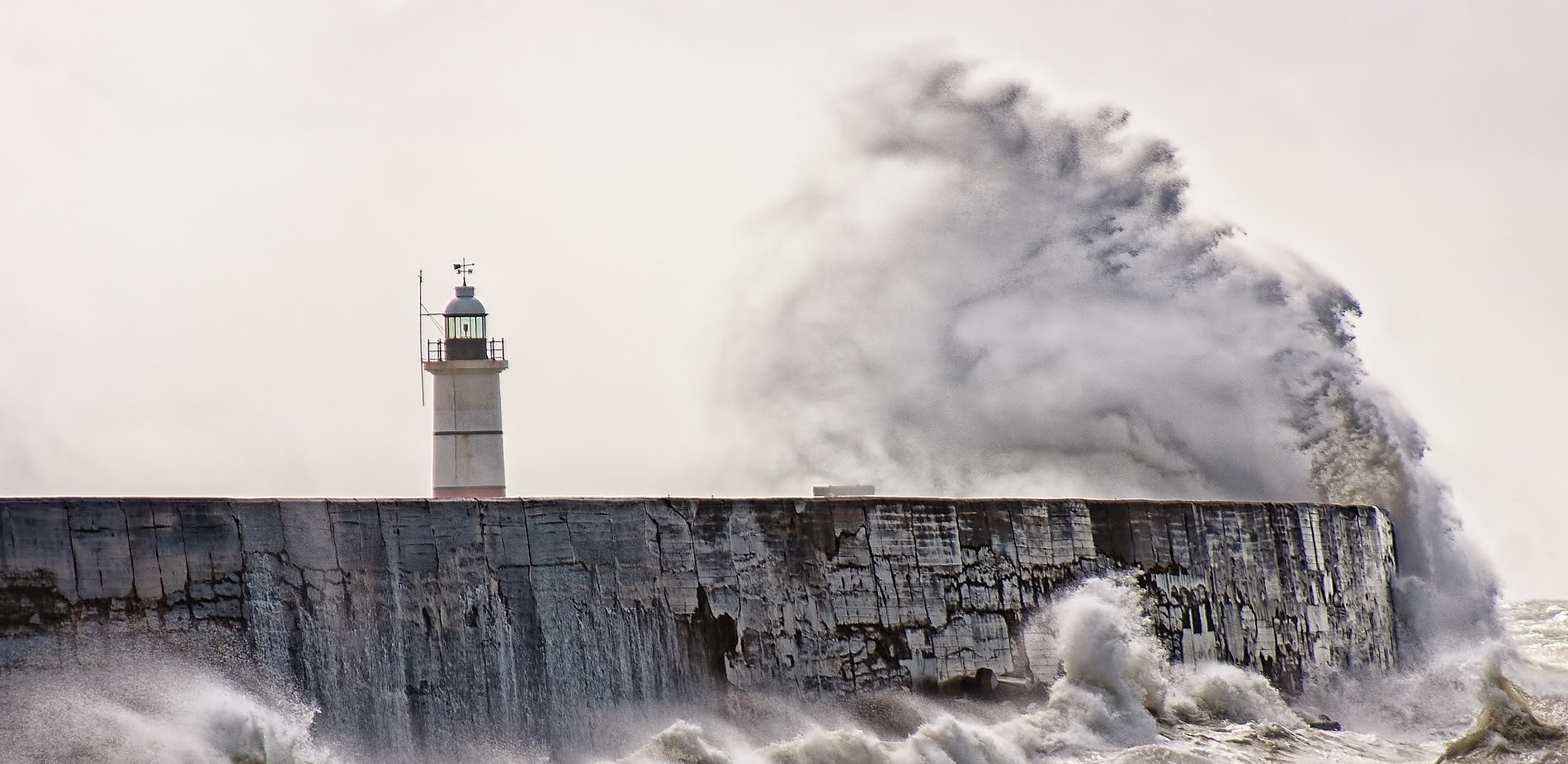Before and After the Storms
Sometimes you don’t know what your next step should be. Okay. It’s a given. We all struggle with planning when we don’t have all the facts and any action taken may not be the best move forward. Equally, it’s difficult to move forward when our emotions drag our feet as if they are weighed down with concrete boots. Somewhere between the unknown and our feelings, we realize that brainstorming our future should be a given, and we should welcome a test to prove whether we had everything well documented, understood, and handled!
The unknown, combined with our weighted feelings, makes it difficult to think clearly. Stress builds, and if you are working under pressure, then it may just be a head gasket is ready to blow.
Think about all our emergency responders, airline pilots, and police. They plan for the known, and unknown, with scenarios to test their reactions. They practice learning how to handle the stress of the moment so that they are better prepared for addressing the unknowns.
When learning to pilot a single-engine plane, my instructor would make me wear a hood where I could not see outside. With my eyes closed and my hands and feet off the controls, he would gyrate that plane all over the sky and then turn it over to me to recover to safe flight. With head spinning, inner ear commanding one view of the world, I would open my eyes, read the control panel, and work to return the plane to safe flight status.
The fact that I’m here writing today shows I was able to handle the stressful scenarios and my instructor did a great job preparing me for eventual future storms! It also shows that he was confident he could undo any negative action I may take and control the plane back to safety.
Sometimes you know the “after” long before you ever thought about planning for the event “before”. It’s almost as if we fail to see all the potential issues, and our planning is incomplete,
On the Y2K project dealing with the oil flow from Alaska’s North Slope, we would plan for every contingency, test the tools, and gauge the results. After each project, we would have a meeting to document the successes and failures. From each, we would learn how to better ourselves for the next step.
But sometimes planning does not cover every contingency. When piloting, I could plan for a lot of things that could be simulated, but I’m not sure I could plan for the stress if the event actually happened. Often we brainstorm the “what-if’s” and hope we’ve tested the scenarios enough to be prepared for the “gotcha’s”, but only a live event will prove our planning and testing efforts.
It’s like having a rainy day fund for those stormy emergencies. You hope you have enough and pray you never have to use it. But if you’ve planned well enough then all those typical failures can be addressed. It’s the larger storms that threaten everyone that you just cannot plan for. Like a Hurricane! Volcano. Financial collapse. War. And the list grows longer the more I think about it.
Think about being prepared. Are there biblical examples of preparing for the storms? Sure!
- Noah worked to prepare the ark and I don’t find where he was told how much food he needed for all the occupants, but he had to work through the math to know how much to store up.
- Joseph revealed the Pharaoh’s dream about the future famine and he was given charge to make sure they were all prepared for the storm!
- Solomon tells us to look at the an and see how they prepare for the leaner months of winter! (Proverbs 6:6-8)
Add one more thought to all of this. It’s not only planning and execution on one level…out lives are played out on many different levels. Consider that it’s not just physical, it’s also mental and spiritual. We should plan and prepare for challenges on all levels. Some are more difficult than others. Some will require a greater test to ensure that the “after” is as acceptable as what we enjoyed “before.” Just think multidimensional. A box does not have two sides alone (inside, outside), it also has faces that look to each direction of the cube that also includes the inside and outside. It not only “is” a box, but it also occupies space. You know, “Space. The final frontier.” More boxes representing your multidimensions will mean more space it occupies, more planning to handle disasters, and more energy to keep manage through the storm to the “after….”

